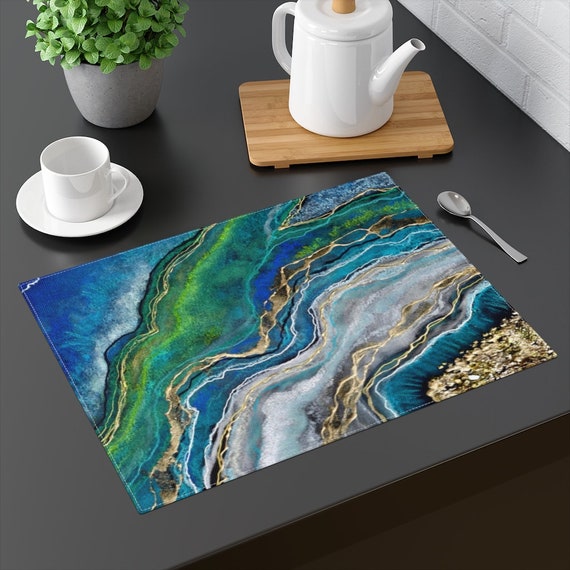Top News Sites Fundamentals Explained
Wiki Article
Fascination About Unique Art
Table of ContentsThe Ultimate Guide To Unique ArtAn Unbiased View of Unique ArtNot known Facts About Unique ArtThe Ultimate Guide To Unique Art
While one might dispute which art type holds priority, the fact continues to be that each of these 7 kinds gives a distinct window right into human history, society, and advancement. They are the tapestries that chronicle our journey, reminding us of our past while motivating visions for the future.Terrific artwork narrates, makes people look twice, and develops a distinct experience that can't be matched. Art and images interact all of that with shade, shape and other design elements. Discover exactly how to make your special artwork stand apart from the crowd.
3 Emil DervishIn this entrance by Emil Dervish that stunning cobalt blue door swipes the show. To bring much more drama, he extended the paint. to the doorframe and the wall up, finishing in an arched shape. The curves, along with a round sconce, soften the sides - Unique Art. After that frames vintage posters and maps of beloved places established the scene.
8 TRIA GIOVANEqual components grand and laidback, this entrance hall designed by Anthony Baratta is the best plan to comply with if you're decorating a formal entry that still really feels unfussy and comfortable. Formed fabrics take spotlight (see the carpets and the couch), but they also assist bring the high ceilings to a human range when hung over wallpaper.
The Single Strategy To Use For Unique Art
18 Heidi Caillier DesignA gallery wall surface does not need to take up the whole space. Sometimes a little one can make a larger design statement. In this living space, Hiedi Caillier chose for micro-mini frameworks and an arbitrary composition., the expression of concepts and emotions, with the development of particular aesthetic high qualities, in a two-dimensional aesthetic language. The elements of this languageits shapes, lines, colours, tones, and texturesare utilized in various means to generate sensations of quantity, area, activity, and light on a flat surface area. These aspects are combined into meaningful patterns in order to stand for genuine or superordinary sensations, to translate a narrative motif, or to create completely abstract aesthetic connections.
Later the idea of the "fine musician" developed in Asia and Renaissance Europe. Popular painters were managed the social standing of scholars and courtiers; they authorized their job, chose its style and frequently its subject and images, and established a much more personalif not always amicablerelationship with their customers. During the 19th century painters in Western societies started to shed he has a good point their social placement and safe patronage.
Little Known Facts About Unique Art.
Others gained a revenue through visiting he has a good point exhibitions of their job. The requirement to attract a marketplace had actually changed the similar (if less impersonal) needs of patronage, and its effect on the art itself was probably comparable as well. Unique Art. Generally, artists in the 20th century could get to a target market only through industrial galleries and public galleries, although their work may have been occasionally replicated in art periodicalsFor a conversation of the bogus of works of art, see bogus. For a discussion of the duty of painting and various other arts in religion, in addition to of the use of spiritual symbols in art, see religious symbolism and iconography. For information on various other arts associated with painting, see posts such as attracting; people art; printmaking. It is the feeling of inevitability in this official company that offers a wonderful painting its self-sufficiency and visibility. The colours and positioning of the major pictures in a design might be sometimes greatly chosen by representational and symbolic factors to consider. Yet it is the formal interplay of colours and forms that alone can interacting a specific mood, creating optical experiences of room, volume, motion, and light and producing pressures of both consistency and stress, also when a painting's narrative importance is unknown.
Do not replicate the design next page of other artists if you're searching for your design. Duplicating other people's artwork can be fantastic in instructional objectives but it will not make you closer to locating your own distinct style. Your imaginative style needs to be, what you like and what influences you.

How Unique Art can Save You Time, Stress, and Money.
You need to attempt great deals of various options and explore everything prior to you can focus on one specific design or you'll be burnt out, or worse, you'll hate your very own style. So I suggest you to try each and every single subject that you're interested in, discover as long as you can. Try various mediums that delight you and new techniques you've never ever tried before.With time you'll have the ability to arrange all of them right into your preferred and the very least preferred groups. Try to concentrate your attention on the subjects and mediums that you like and before you see it coming you'll have your own individual and one-of-a-kind style, like no one else have! In the end you'll have a couple of favorite subjects to paint and perhaps a couple of favored mediums.

Report this wiki page